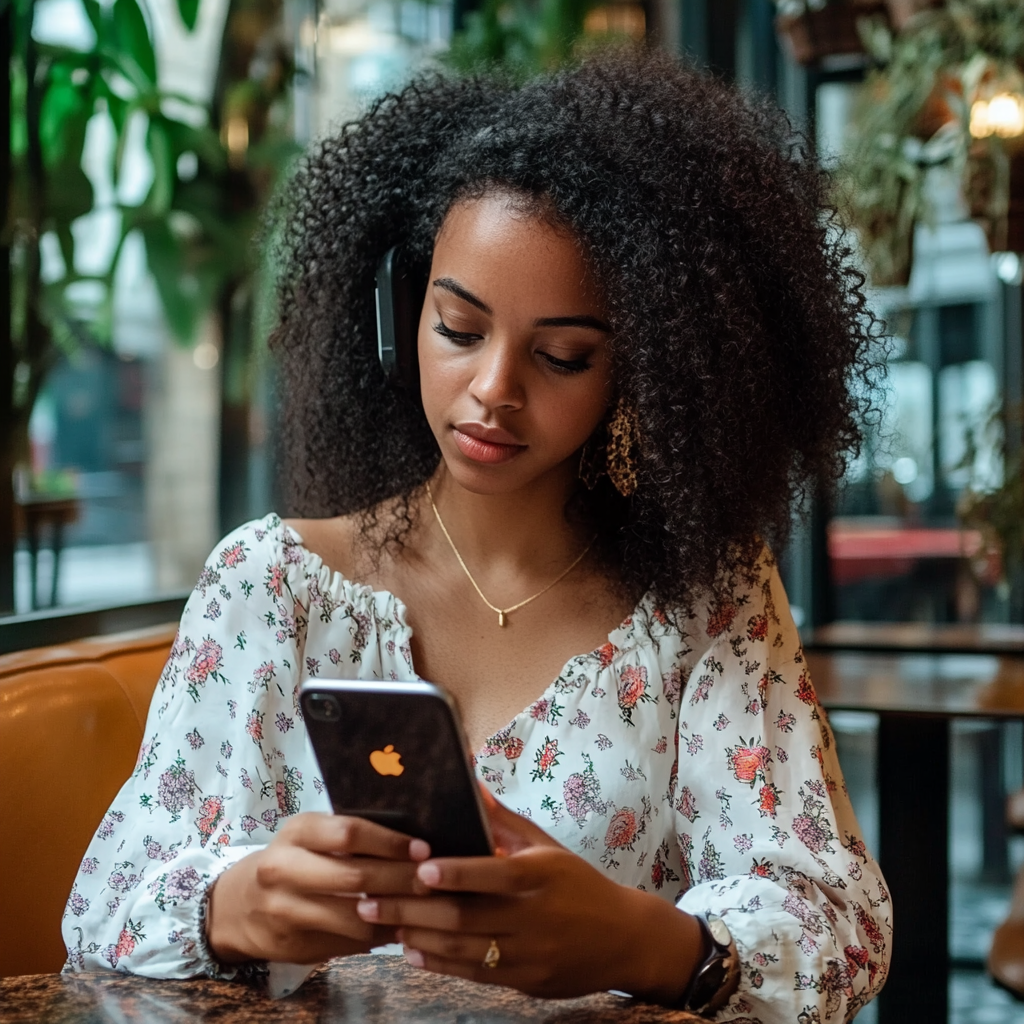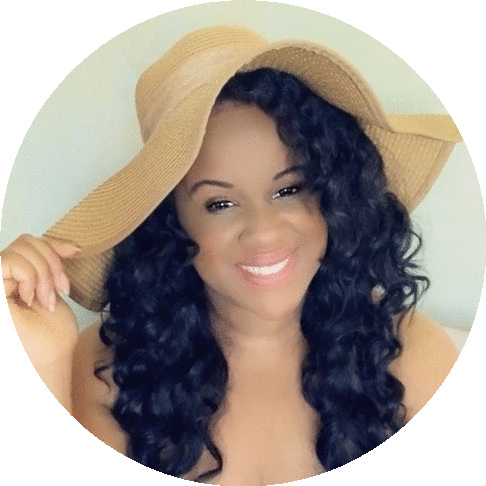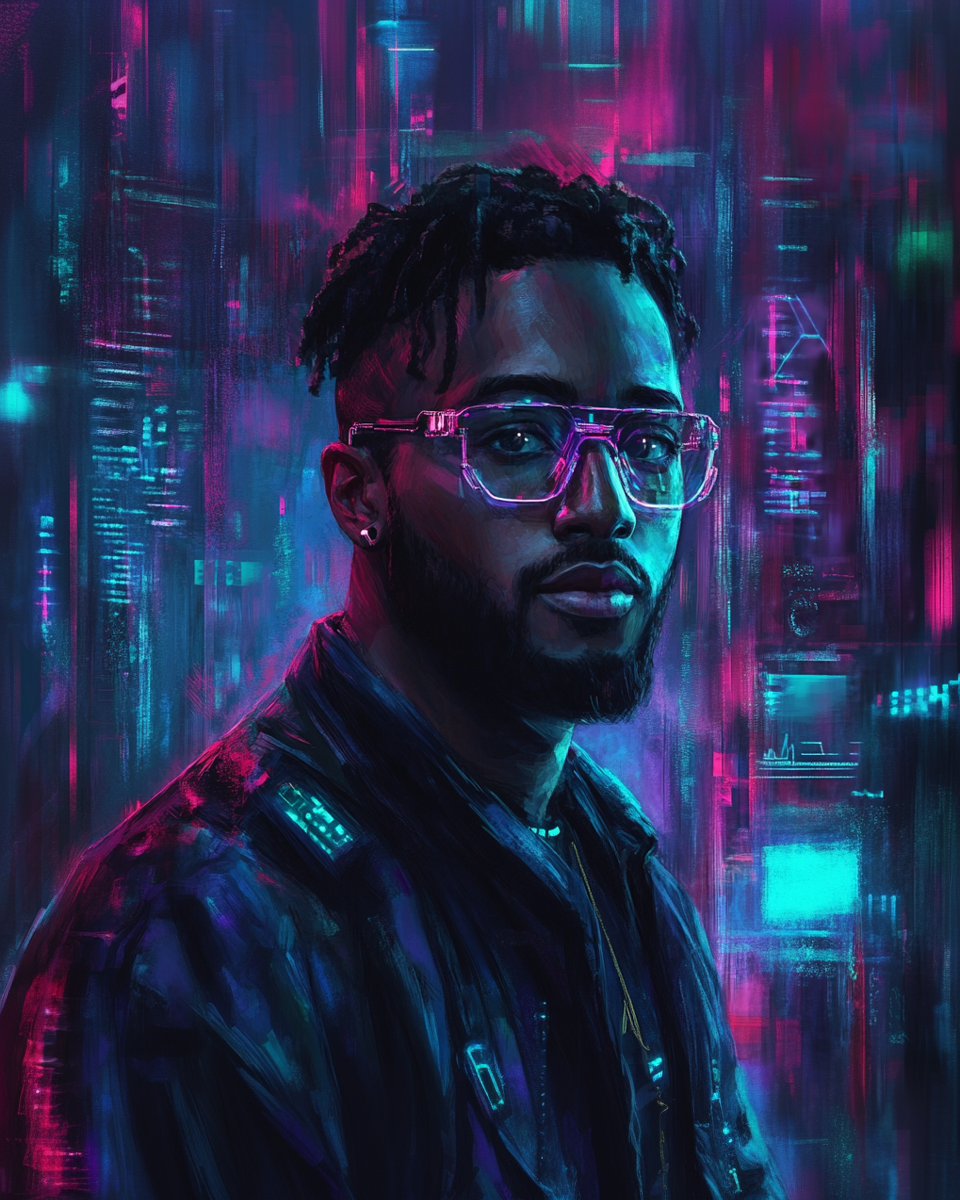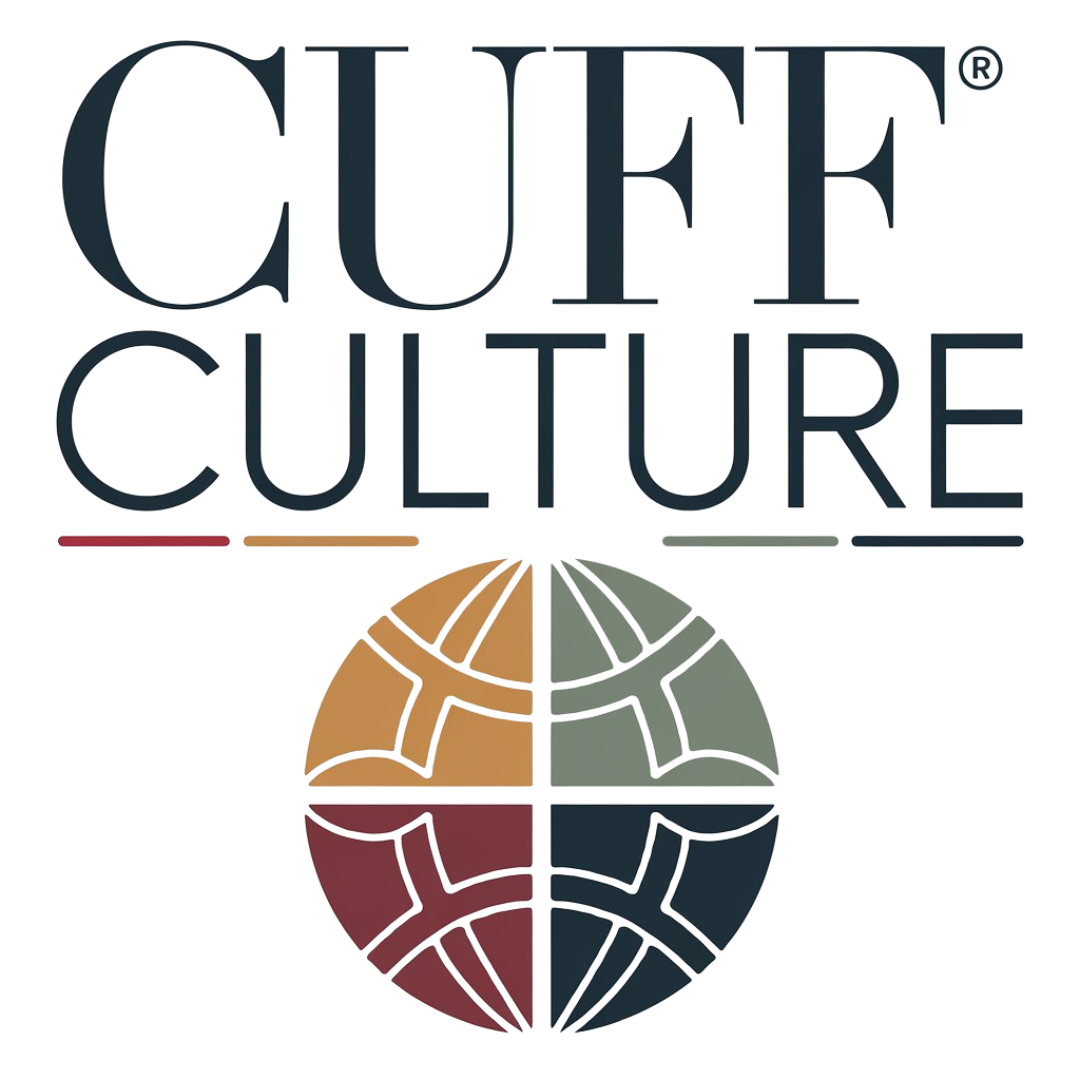The Creative AI Revolution: How Generative Technology is Reshaping Arts and Entertainment


Written by cuffeditor


We’re witnessing a paradigm shift in how creative work gets done.
In recording studios, art galleries, and writers’ rooms across the globe, a profound transformation is underway. Generative artificial intelligence – technology that can create original content from text and images to music and video – is rapidly evolving from a novelty into an essential creative tool. But as these AI systems become more sophisticated, they’re sparking both excitement and concern about the future of human creativity.
The latest wave of generative AI tools can compose symphonies, generate photorealistic artwork, write compelling stories, and even produce short films. Leading platforms like OpenAI’s GPT-4 and Anthropic’s Claude can engage in creative writing, while image generators like Midjourney and DALL-E 3 can translate text descriptions into stunning visuals with accuracy.
“We’re witnessing a paradigm shift in how creative work gets done,” says Dr. Sarah Chen, director of AI research at the Berkeley Center for Creative Innovation. “These tools aren’t replacing human creativity – they’re amplifying it, allowing artists to explore new possibilities and streamline their workflow.”
Indeed, many creative professionals are embracing AI as a collaborative partner rather than viewing it as competition. Award-winning composer Michael Torres has incorporated AI into his scoring process for major film and television projects. “The AI helps me quickly generate and test different melodic ideas,” he explains. “It’s like having an endlessly patient musical collaborator that can riff with me at 3 AM. But the emotional core of the composition – that still comes from human experience.”
The impact extends beyond traditional creative fields. Marketing agencies are using generative AI to rapidly prototype advertising concepts. Architects are employing it to visualize alternative building designs. Game developers are using AI to create vast digital worlds with dynamic characters and storylines that respond to player actions.
However, this creative revolution hasn’t arrived without controversy. Questions about copyright, attribution, and the training data used to develop these AI systems have sparked heated debates and legal challenges. Many artists worry about their work being used to train AI models without consent or compensation.
“We need to establish clear ethical guidelines and fair compensation models,” argues Maya Patel, founder of the Artists’ Rights in the Digital Age Coalition. “The technology is incredible, but we can’t let it undermine the livelihood of human creators.”
The issue of AI-generated content authenticity has also emerged as a critical concern. With the technology capable of producing increasingly convincing deepfakes and synthetic media, distinguishing between human-created and AI-generated content is becoming more challenging. Major platforms are racing to develop reliable authentication systems and watermarking technologies.
Despite these challenges, investment in creative AI continues to soar. According to recent industry reports, funding for generative AI startups focused on creative applications exceeded $12 billion in the first three quarters of 2024. Tech giants and entertainment conglomerates are also heavily investing in AI creative tools.
“The market potential is enormous,” notes venture capitalist David Zhang. “We’re not just talking about disrupting existing creative industries – we’re seeing entirely new forms of entertainment and artistic expression emerge that weren’t possible before.”
One fascinating development is the rise of “AI-native” artists who have never known a creative process without artificial intelligence. These digital natives are pushing boundaries by combining multiple AI tools with traditional techniques to create hybrid art forms.
Take 23-year-old digital artist Zara Williams, whose recent exhibition “Dreams in Binary” featured paintings created through a complex interplay of AI image generation, traditional brushwork, and augmented reality. “For my generation, AI is just another creative medium,” she says. “The question isn’t whether to use it, but how to use it in ways that enhance human creativity rather than diminish it.”

Looking ahead, experts predict even more transformative developments. Advanced language models are beginning to demonstrate understanding of cultural context and emotional nuance, while next-generation image and video generators may soon be able to produce feature-length films from written descriptions.
However, Dr. Chen emphasizes that human creativity remains irreplaceable. “AI can analyze patterns and generate variations, but it can’t truly innovate without human guidance. The most exciting possibilities lie in finding new ways for human and artificial intelligence to collaborate.”
As we navigate this creative revolution, one thing is clear: generative AI is not just changing how we produce art and entertainment – it’s challenging our fundamental understanding of creativity itself. The tools will continue to evolve, but the essential human elements of inspiration, emotion, and artistic vision will remain at the heart of creative expression.
The question is no longer whether AI will transform creative industries, but how we can harness its potential while preserving the uniquely human aspects of artistic creation. As we move forward, finding this balance will be crucial in shaping the future of creativity in the digital age.
In urban and Black creative communities, generative AI has emerged as both an opportunity and a source of concern. While these tools have democratized access to high-end production capabilities – allowing independent artists to create professional-quality music, visuals, and content with minimal resources – there are growing concerns about AI models’ training data and potential biases.
Hip-hop producers and R&B artists have found innovative ways to use AI for sample generation and beat-making, with artists like Lil Uzi Vert and Metro Boomin experimenting with AI tools in their production process.
However, some artists and cultural critics argue that AI systems, trained predominantly on mainstream datasets, may not adequately represent or understand the facets of Black cultural expression and artistic traditions. “We need to ensure these technologies don’t erase or dilute the cultural significance of our art,” says Marcus Thompson, founder of the Urban Digital Arts Collective. “It’s crucial that Black artists and creators have a voice in how these tools are developed and implemented.”
Related Articles
Related
No Results Found
The page you requested could not be found. Try refining your search, or use the navigation above to locate the post.


Join
Subscribe For Exclusive Updates & Offers
Ready to level up? Get access to our exclusive updates and offers sent directly to your inbox. You don’t want to miss a thing, so drop your best email.
Links
- Contact Us
- Events
- Shop
- Podcast
- Careers
- Sponsorships
